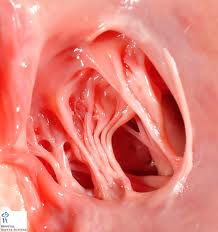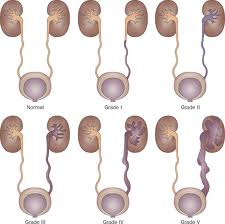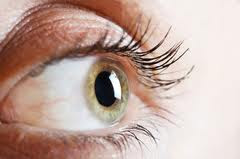Eyestrain
Definition:
Eyestrain occurs when your eyes get tired from intense use, such as driving a car for extended periods, reading or working at a computer.
Although eyestrain can be annoying, it usually isn't serious and goes away once you rest your eyes. In some cases, signs and symptoms of eyestrain can indicate an underlying eye condition that needs treatment. Although you may not be able to change the nature of your job or all the factors that can cause eyestrain, you can take steps to reduce eyestrain.
Symptoms:
Eyestrain signs and symptoms include:
When to see a doctor
If home treatments don't work to relieve your eyestrain symptoms, see your eye doctor. See your doctor if you have ongoing symptoms that may include:
Causes:
Common causes of eyestrain include:
Complications:
Eyestrain doesn't have serious or long-term consequences, but it can be disruptive and unpleasant. It can make you tired and reduce your ability to concentrate. In some cases, it may take days for all eyestrain symptoms to go away after you've taken steps to change your activities or environment or treated any underlying cause.
Treatments and drugs:
Generally, treatment for eyestrain consists of making changes in your work habits or your environment.
Definition:
Eyestrain occurs when your eyes get tired from intense use, such as driving a car for extended periods, reading or working at a computer.
Although eyestrain can be annoying, it usually isn't serious and goes away once you rest your eyes. In some cases, signs and symptoms of eyestrain can indicate an underlying eye condition that needs treatment. Although you may not be able to change the nature of your job or all the factors that can cause eyestrain, you can take steps to reduce eyestrain.
Symptoms:
Eyestrain signs and symptoms include:
- Sore, tired, burning or itching eyes
- Watery eyes
- Dry eyes
- Blurred or double vision
- Headache
- Sore neck
- Sore back
- Shoulder pain
- Increased sensitivity to light
- Difficulty focusing
When to see a doctor
If home treatments don't work to relieve your eyestrain symptoms, see your eye doctor. See your doctor if you have ongoing symptoms that may include:
- Eye discomfort
- A noticeable change in vision
- Double vision
- Headache
Causes:
Common causes of eyestrain include:
- Extended use of a computer or digital electronic devices
- Reading for extended periods
- Other activities involving extended periods of intense focus and concentration, such as driving a vehicle
- Exposure to bright light or glare
- Straining to see in very dim light
Complications:
Eyestrain doesn't have serious or long-term consequences, but it can be disruptive and unpleasant. It can make you tired and reduce your ability to concentrate. In some cases, it may take days for all eyestrain symptoms to go away after you've taken steps to change your activities or environment or treated any underlying cause.
Treatments and drugs:
Generally, treatment for eyestrain consists of making changes in your work habits or your environment.
- In some cases, eyestrain may improve if you get treatment for another underlying eye condition.
- For some people, wearing glasses that are prescribed for specific activities, such as using a computer or reading, may help reduce eyestrain.
- Your doctor may suggest that you do regular eye exercises to help your eyes focus at different distances.











.jpg)
.jpg)







.jpg)